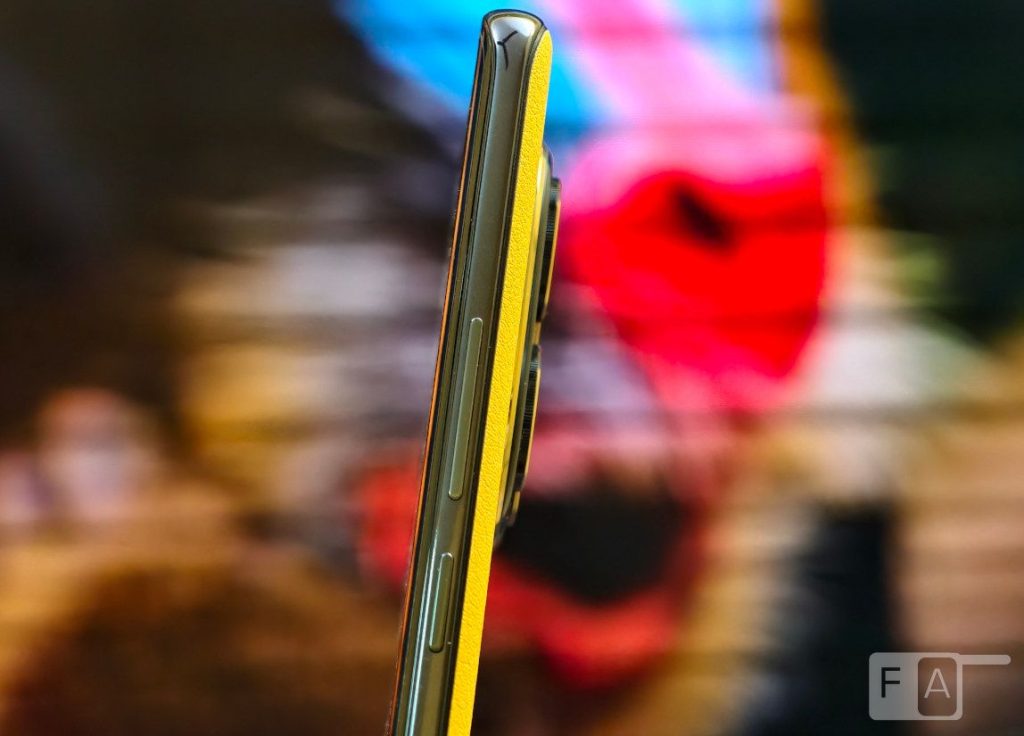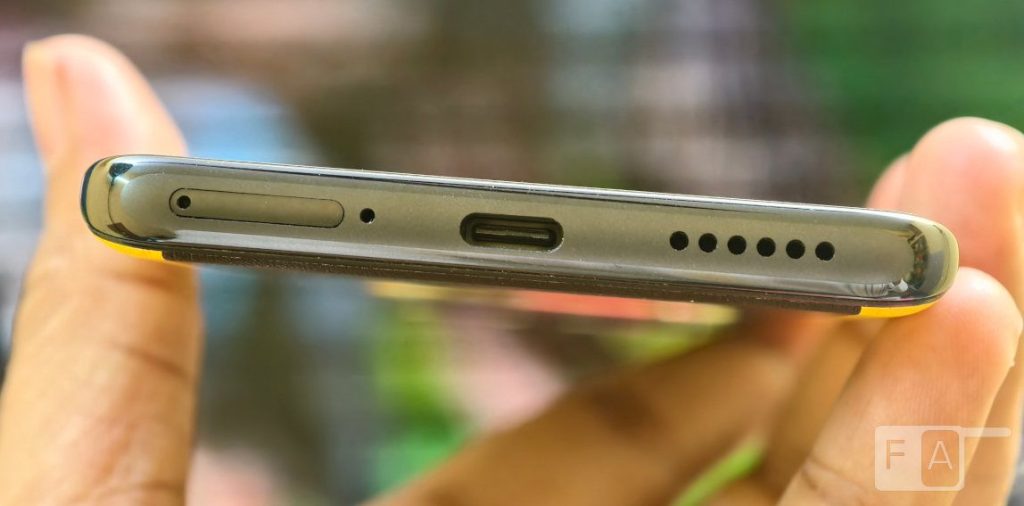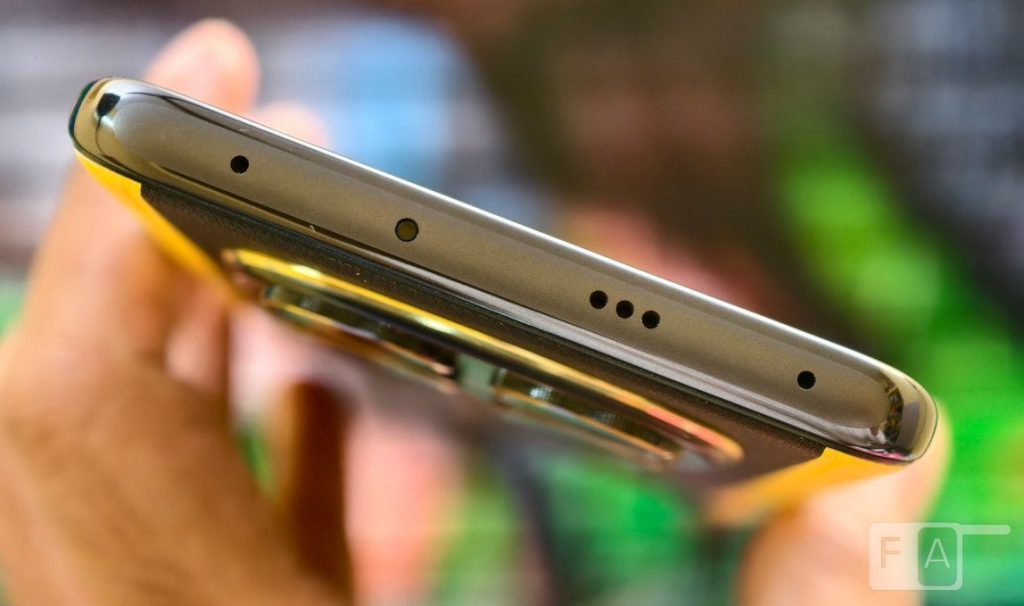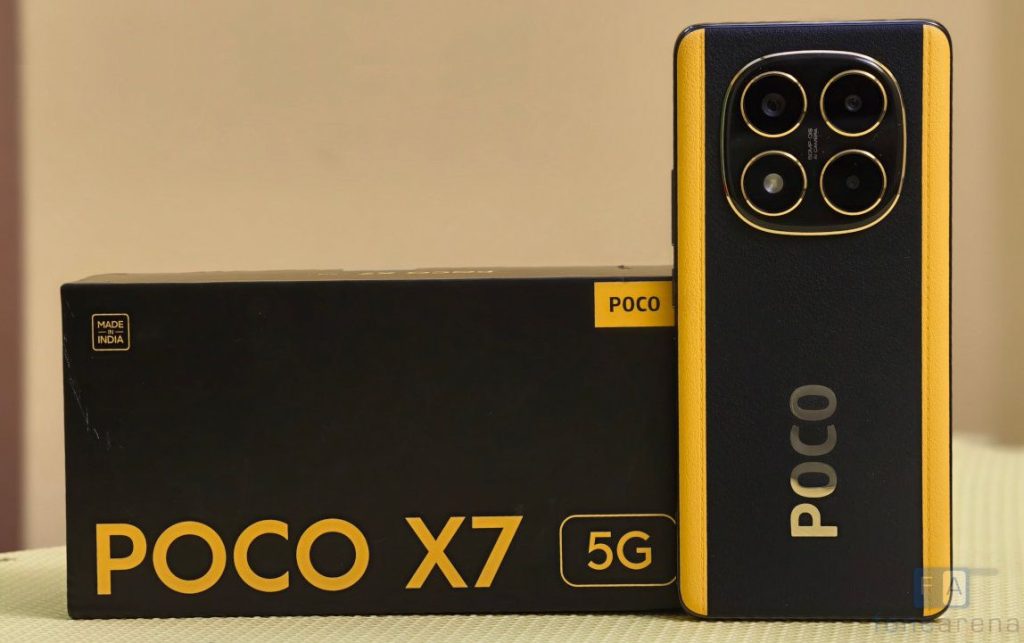
The mid-range smartphone segment in 2025 is a battlefield, and POCO has been swinging hard since its inception as Xiaomi’s value-driven sub-brand. With the POCO X7, that was launched in India last month, the company continues its legacy of delivering punchy specs at a price that undercuts the competition—starting at Rs. 21,999.
Available in Cosmic Silver, Glacier Green, and a bold POCO Yellow, this phone aims to blend style, performance, and practicality into a lightweight package. But does it stand out in a sea of options, or is it just another spec sheet in the crowd? Let’s break it down.
Box Contents
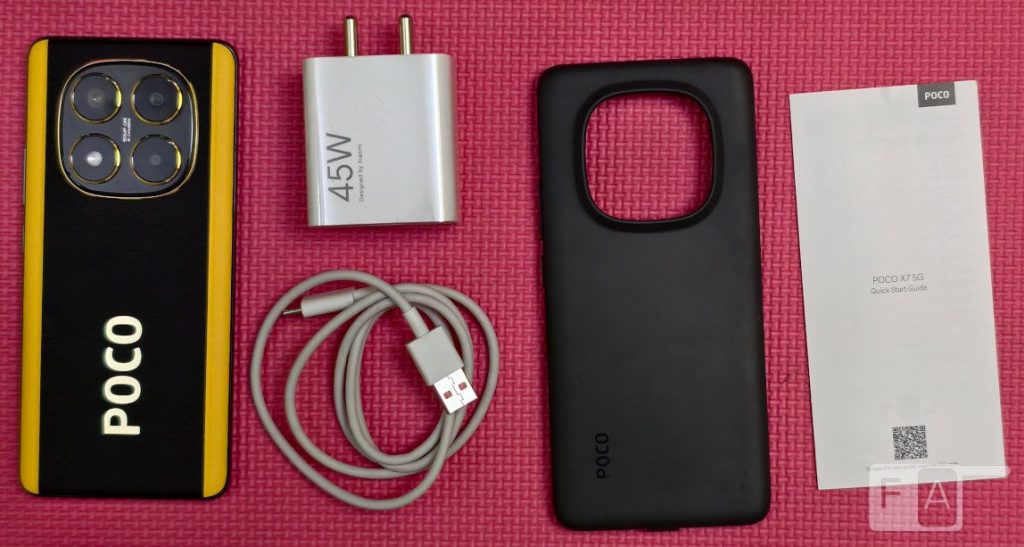
- POCO X7 8GB + 128GB in POCO Yellow
- 45W fast charger
- USB Type-C cable
- Protective case
- SIM ejector tool
- User guide
No surprises here—POCO keeps it straightforward, including a charger in the box (a rarity these days) and a basic case to get you started.
Looks and Feel
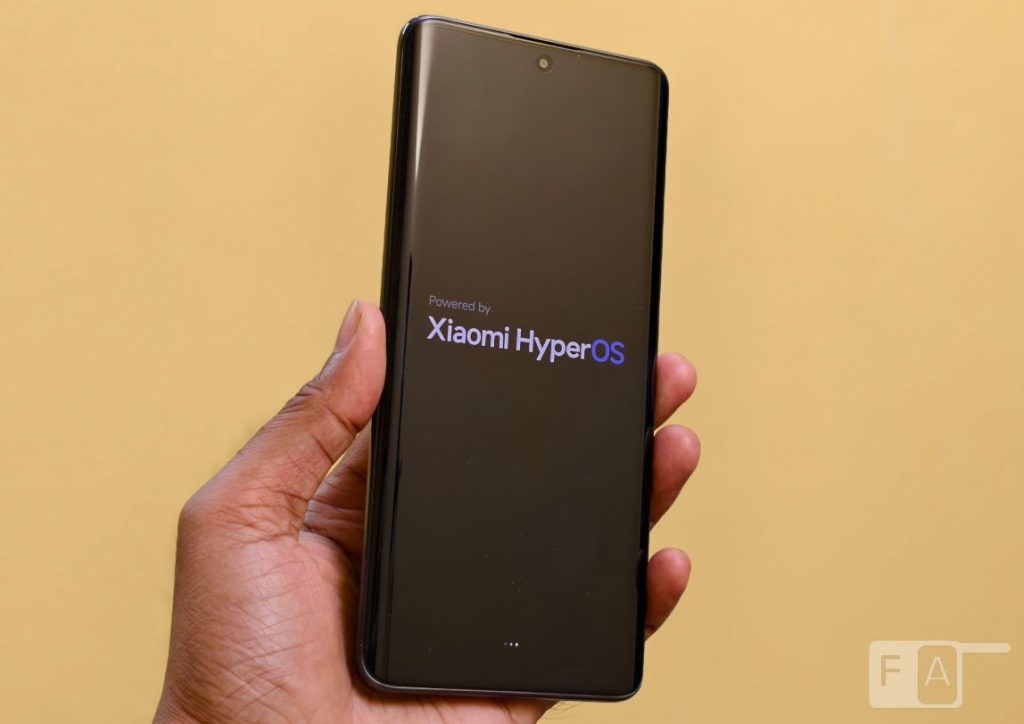
POCO has taken a step forward with the X7’s design, offering a dual-side curved body that feels more refined than its predecessors. The screen is shielded by Corning Gorilla Glass Victus 2, a premium touch for this price point, while the back comes in two flavors: a vegan leather finish (Yellow) or a two-tone plastic panel (Cosmic Silver and Glacier Green) with polished and matte sections.
At 162.33 x 74.42 x 8.4mm (8.55mm for the leather variant) and a featherlight 190g, the X7 is a joy to hold. It’s noticeably lighter than many rivals, like the 200g-plus heavyweights in this segment, and the weight distribution makes it ergonomic for one-handed use over long periods.
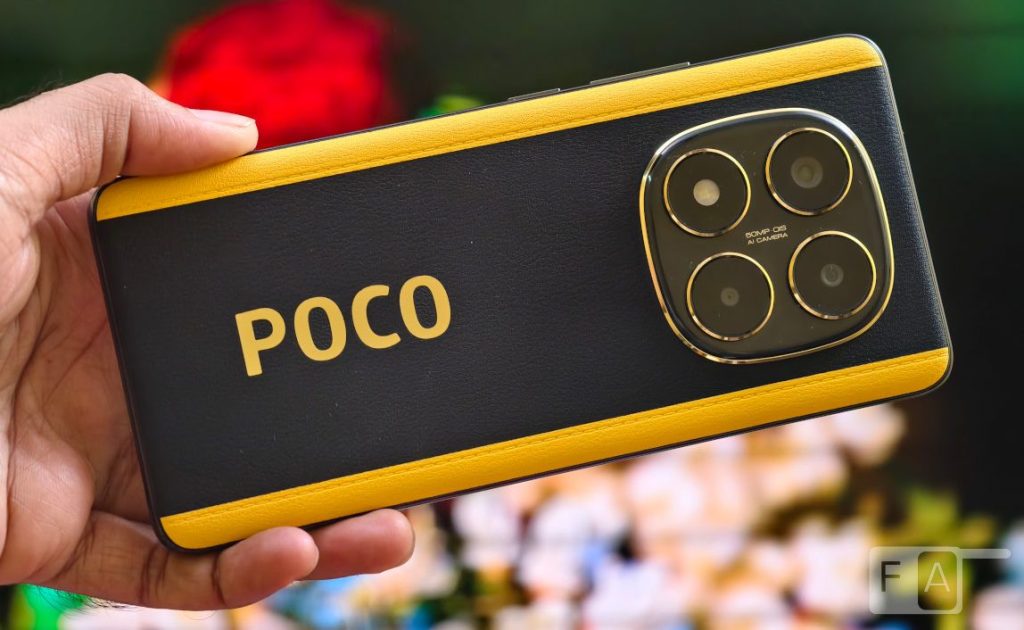
The vegan leather back adds a tactile richness, while the plastic variants lean into a sleek, minimalist vibe. I’m partial to the Yellow leather—it’s bold, grippy, and stands out without feeling tacky. Durability-wise, the IP68 rating for dust and water resistance is a standout, offering peace of mind against splashes and dust storms—something not every phone at Rs. 20,000 can boast, and there is also IP69 support, but it is certified for it.
The plastic frame, though, is a subtle reminder of its mid-range roots; a metal chassis would’ve elevated the premium feel further, but you can’t expect much for the price.
Screen
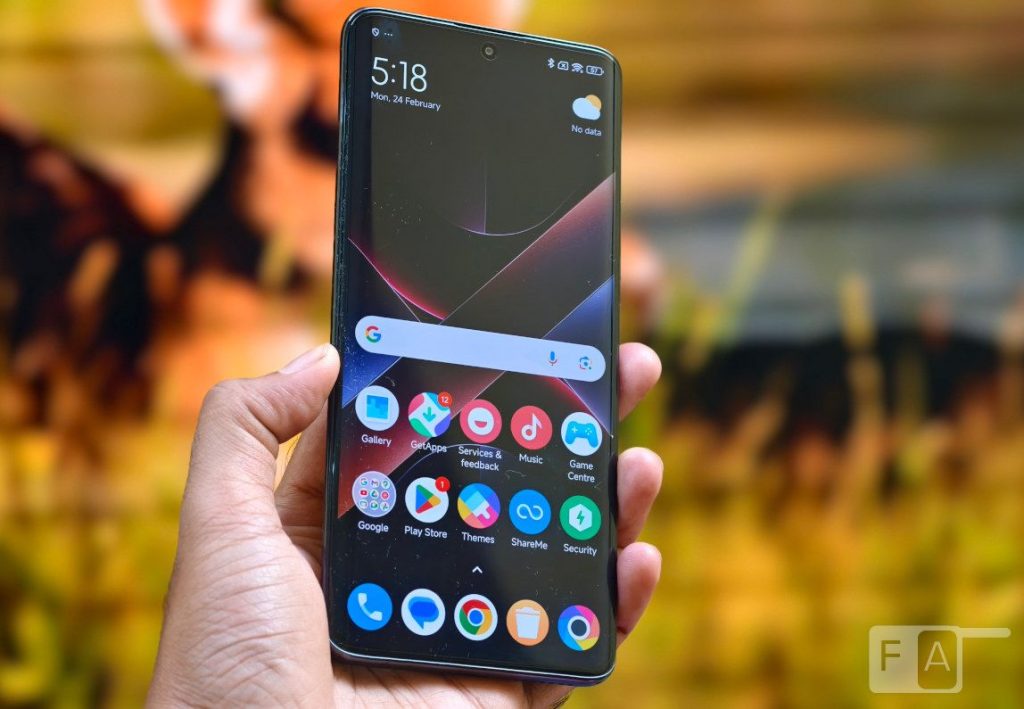
The POCO X7 sports a 6.67-inch 1.5K OLED display with a 2712 x 1220 resolution, clocking in at 446 ppi. It’s sharp, vibrant, and immersive—perfect for binge-watching or gaming. The 120Hz refresh rate (adjustable to 90Hz or 60Hz) ensures buttery-smooth scrolling, while the 240Hz touch sampling rate (up to 2560Hz in specific scenarios) keeps inputs responsive.
At 3000 nits peak brightness, it’s dazzling indoors, but under direct sunlight, it settles into an average performance—legible but not exceptional. HDR10+ and Dolby Vision support sweeten the deal for Netflix or YouTube enthusiasts, and the always-on display is a handy touch for quick glances.
Victus 2 protection is a big win here; it’s tougher than the Gorilla Glass 5 you’ll find on some competitors. In a segment where displays are often a compromise, the X7 delivers a flagship-lite experience—though don’t expect the deep blacks or color accuracy of a high-end AMOLED.
Performance
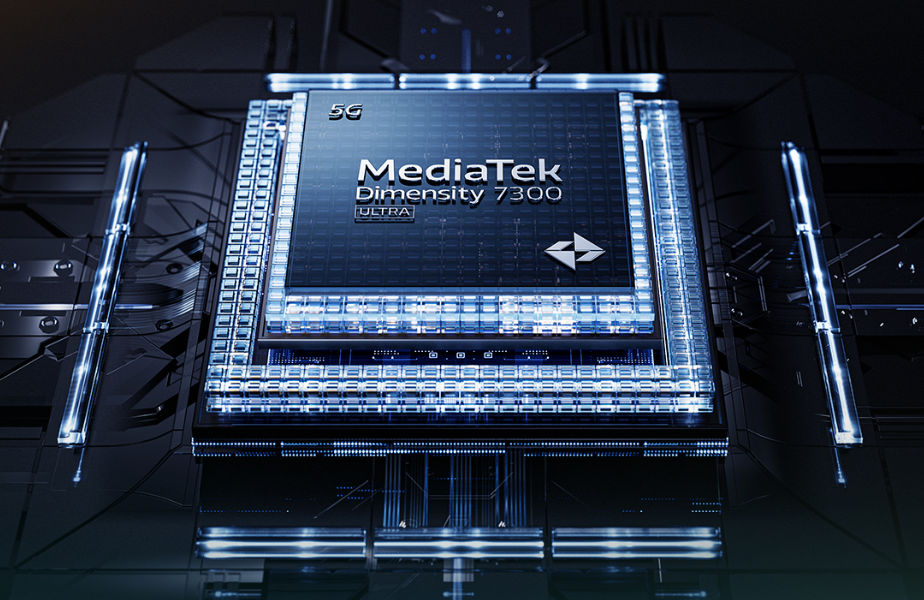
Under the hood, the POCO X7 is powered by the MediaTek Dimensity 7300 Ultra, a 4nm octa-core chip clocked at 2.5GHz, paired with a Mali-G615 MC2 GPU. It comes in 8GB + 128GB or 8GB + 256GB UFS 2.2 configurations—no microSD slot, so choose wisely.
For daily tasks—Google Maps, YouTube, WhatsApp, Slack—it’s a smooth operator. Multitasking feels snappy, and even casual gaming (think Call of Duty Mobile on medium settings) holds up without hiccups. No overheating reared its head during my testing, a relief given MediaTek’s mixed track record.
That said, this isn’t a performance beast. The Dimensity 7300 Ultra is a power-efficient workhorse, not a gaming titan. Benchmark scores (AnTuTu hovering around 600,000) place it firmly in mid-range territory—solid, but not class-leading. HyperOS’s optimizations help, but occasional stutters in heavy apps remind you of its positioning.
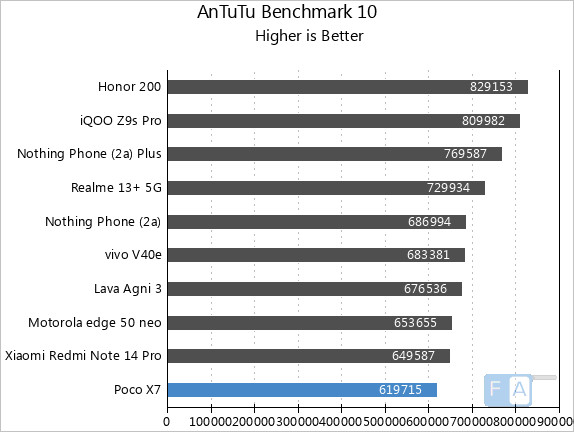
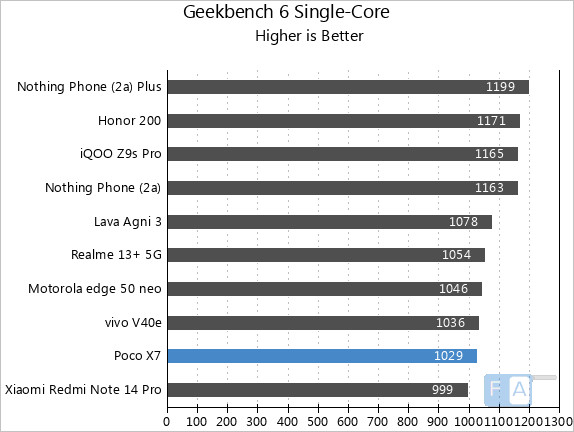
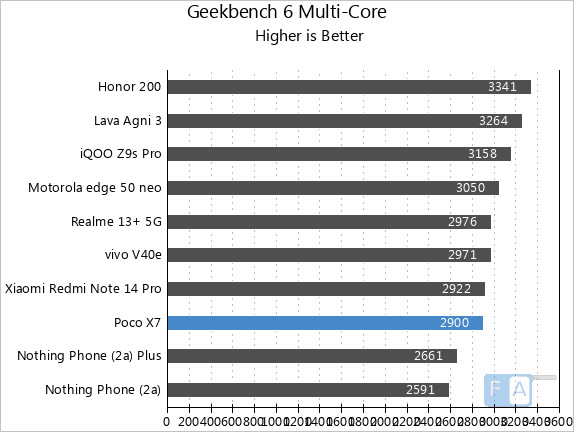
Camera
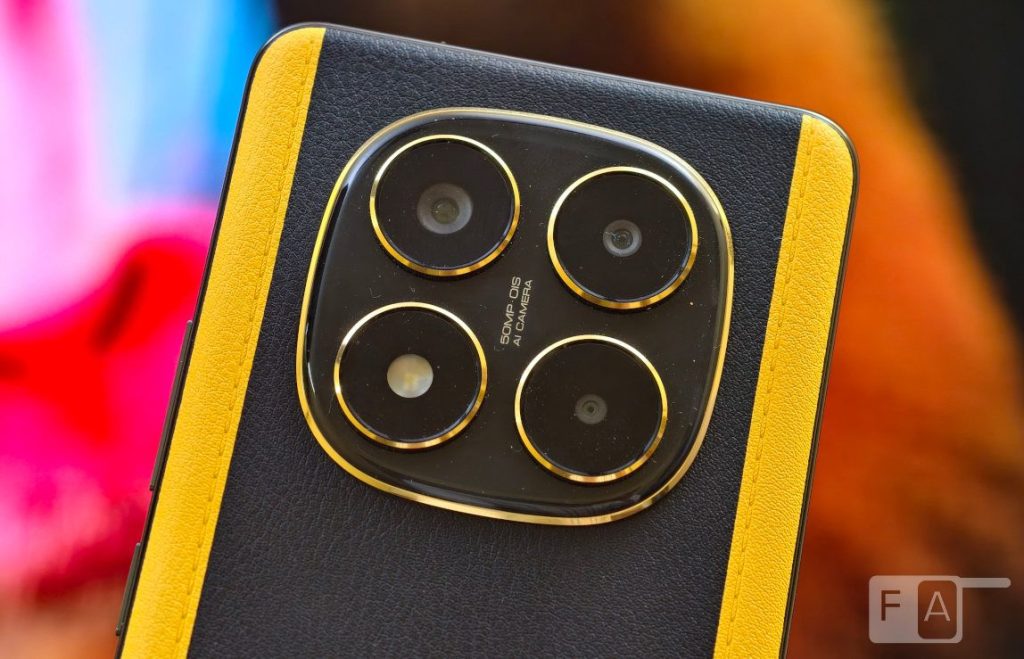
The POCO X7’s camera setup is a familiar mid-range trio:
- 50MP main (Sony LYT-600, f/1.5, OIS)
- 8MP ultra-wide (f/2.2)
- 2MP macro (f/2.4)
- 20MP front (f/2.2)
In daylight, the 50MP main sensor shines with punchy colors and decent detail, though it occasionally overprocesses for a polished, slightly saturated look. Dynamic range is respectable, and OIS helps with steady shots. The 8MP ultra-wide is average—soft edges and exaggerated colors hold it back. The 2MP macro is there, but it’s more gimmick than utility. Selfies from the 20MP front camera are sharp with good dynamic range, though low-light portraits lose some finesse.
Night mode on the main camera pulls in light effectively, delivering usable shots with minimal noise, but overprocessing can wash out details.
Video tops out at 4K@30fps on the primary sensor (1080p@60fps elsewhere), with decent stabilization and clear audio—good enough for casual clips. It’s a reliable setup for the price, but don’t expect Pixel-level magic.
Battery
The 5500mAh battery is a highlight, lasting up to 1.5 days with casual use (social media, streaming, navigation) or a full day with heavier workloads. The included 45W charger juices it up from 0-100% in about an hour—fast, though not as blazing as the 80W on the OPPO Reno 12 Pro. Efficiency is the star here, thanks to the 4nm chip and HyperOS tweaks.
Software
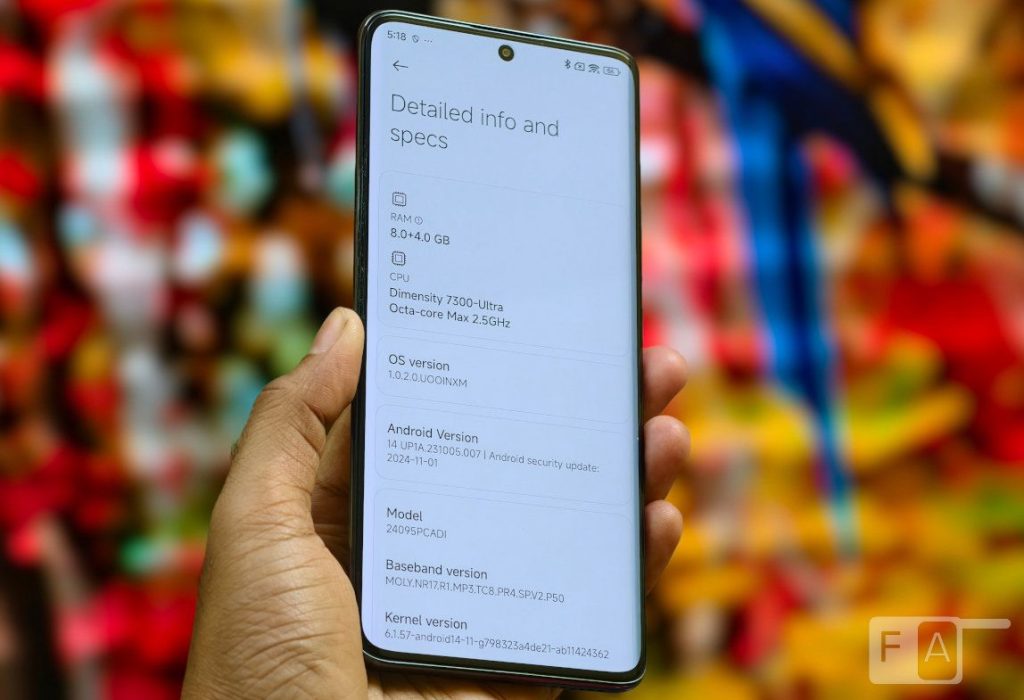
Running Android 14 with Xiaomi’s HyperOS, the X7 offers a feature-rich experience—customization galore, from icons to gestures. It’s not as clean as stock Android, and yes, there’s bloatware (think Xiaomi’s suite of apps), but most can be uninstalled. POCO promises 3 years of OS updates and 4 years of security patches—a strong commitment for the segment. Updates have historically been timely from POCO, though not as swift as Google or Samsung.
Other Stuff
The X7 is 5G-ready (SA/NSA, multiple bands), with Wi-Fi 6, Bluetooth 5.4, and USB-C rounding out connectivity—no complaints on stability. There’s no 3.5mm jack (no adapter included), but the stereo speakers deliver loud, clear sound—great for media, though lacking deep bass. Biometrics include a fast optical fingerprint scanner and face unlock, both reliable in daily use.
Pricing and availability
The POCO X7 is priced at Rs. 21,999 for the 8GB + 128GB model and the 8GB + 256GB model costs Rs. 23,999.
Overall
Standout Features
- Lightweight design (190g, ergonomic)
- IP68 rating and IP69 support —rare at this price
- Smooth 120Hz 1.5K OLED with HDR
- Long-lasting, 5500mAh battery
- Dependable 50MP main camera
Drawbacks
- Camera mode switching lags
- Shutter delay in some scenarios
- Performance isn’t flagship-grade
Who’s It For?
The POCO X7 is tailor-made for casual users who prioritize multimedia, battery life, and a stylish, lightweight build over raw power. It’s ideal for students, social media buffs, or anyone upgrading from a budget phone.
Value for Money
At Rs. 19,999-22,000, it’s a steal—punching above its weight against the likes of the Realme Narzo 70 Pro or iQOO Z9s Pro. The IP68 rating and display quality give it an edge.
Recommendation
Yes, I’d recommend the POCO X7. It’s not perfect—gamers and shutterbugs might look elsewhere—but for the price, it nails the essentials with flair.
Alternatives
- Phone (2a): Cleaner software, similar performance
- Moto Edge 50 Neo: Stronger chip, better build
- iQOO Z9s Pro: Faster charging, gaming focus
The POCO X7 doesn’t reinvent the wheel, but it refines POCO’s formula: value-driven hardware with a sprinkle of premium touches. In a market obsessed with specs, it’s a refreshing reminder that usability still matters.

